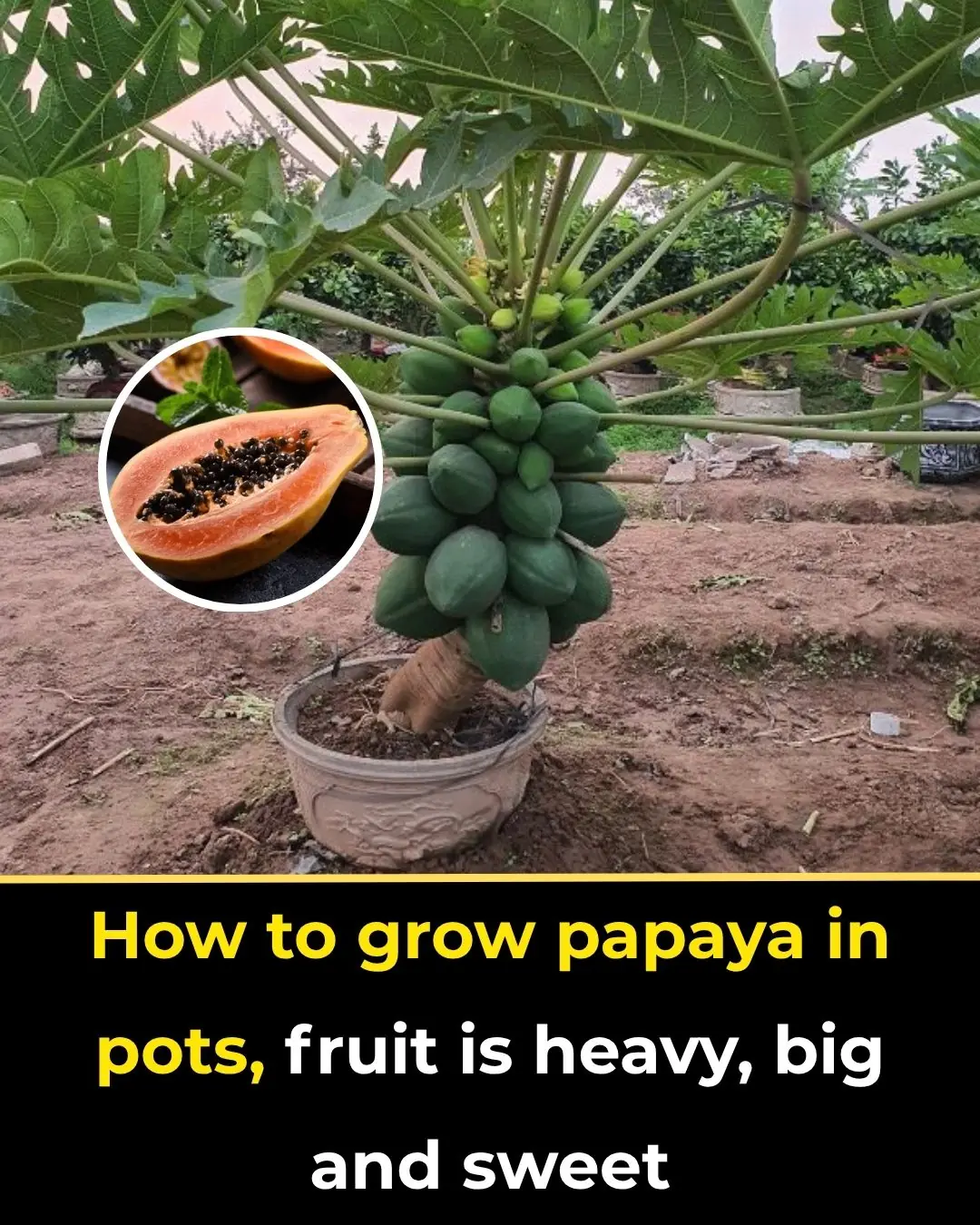
Vietnam has it all but no one knows how to eat it 👇👇
🌿 Tropical Treasures of Vietnam: The Exotic Quách Fruit and the Miracle Moringa Plant
🥭 The Unique Quách Fruit – A Hidden Gem of the Mekong Delta
When talking about refreshing tropical fruits, few can rival the quách fruit — a fragrant, nutritious delicacy especially popular during the hot season. A chilled glass of quách juice can instantly cool you down and leave you feeling revitalized.
Known mainly in Trà Vinh province in southern Vietnam, the quách is a beloved childhood memory for many locals. Every summer morning, children in the countryside eagerly roam the orchards, looking for fallen ripe fruits. Like durians, quách is best enjoyed when it ripens naturally and drops from the tree — unripe ones picked early taste bland and lack aroma.
At first glance, most people unfamiliar with this fruit might find it intimidating. Its dark purple-black color and strong, earthy scent often raise eyebrows. Yet, once you taste it, you’ll be captivated by its distinct flavor — mildly sour, subtly sweet, and deliciously creamy, with small crunchy seeds that add an unforgettable texture.
Locals often mash the ripe pulp with crushed ice to make a cooling summer dessert. The flavor is unlike any other — a mix between tamarind, ripe banana, and durian, but much milder and more refreshing.
🌿 Medicinal and Cultural Value
In the Mekong Delta, especially in Trà Vinh, Sóc Trăng, and An Giang — home to many Khmer communities — the quách tree is cherished not only for its fruit but also for its medicinal value.
-
Green (unripe) quách is sliced and sun-dried to treat diarrhea.
-
Ripe quách helps relieve constipation and promotes healthy digestion.
-
Leaves of the quách tree are used in traditional remedies for bronchitis and respiratory inflammation.
Besides, many households keep jars of quách-infused rice wine — a traditional tonic believed to strengthen bones, improve kidney function, and aid digestion. The preparation is simple: select fully ripe, unblemished fruits, soak them whole or in slices in rice wine, and let the mixture mature for several weeks. A good batch produces clear, aromatic liquor with a natural sweetness and gentle herbal scent.
🌳 The Tree Itself
The quách tree grows up to 7–8 meters tall, with a broad canopy and thorny branches. It’s typically planted near homes for shade and fruit. The tree takes around four years to bear fruit, and the older it gets, the more abundant the harvest becomes.
Each fruit is spherical, about 5–9 cm in diameter, with a tough gray shell. Inside is a soft, fibrous pulp that turns from pale white to deep brownish-black as it ripens. When fully mature, it naturally falls to the ground without breaking — a unique trait that makes harvesting effortless.
🌱 Moringa – The “Miracle Tree” of Life
If the quách fruit is the pride of southern Vietnam, then moringa (locally known as chùm ngây) is the region’s most powerful natural medicine.
Moringa is a nutritional powerhouse used for centuries across Asia, Africa, and the Mediterranean. Ancient Greeks, Indians, and Romans all recognized its healing potential — using its leaves, seeds, pods, and roots for both food and medicine.
Modern studies from institutions such as Johns Hopkins University confirm that moringa contains over 90 essential nutrients, including 7 vitamins, 6 minerals, 18 amino acids, and 46 antioxidants. It’s rich in vitamin A, vitamin C, calcium, potassium, and iron — with concentrations far higher than common foods:
-
4× more Vitamin A than carrots
-
7× more Vitamin C than oranges
-
4× more calcium than milk
-
3× more iron than spinach
-
3× more potassium than bananas
🌿 Healing Benefits of Moringa
-
Anti-cancer potential:
Scientific studies have shown that moringa extracts can inhibit the growth of certain cancer cells, including lung and colon cancer, due to its high concentration of antioxidants and compounds such as quercetin and kaempferol. -
Lowers blood sugar:
Consuming 7 grams of moringa leaf powder daily for three months has been shown to significantly reduce blood sugar levels in women with mild diabetes. -
Reduces inflammation:
Moringa contains isothiocyanates and flavonoids, powerful natural anti-inflammatories that help prevent arthritis, osteoporosis, and chronic pain. -
Improves bone strength:
Thanks to its high calcium and magnesium content, moringa is excellent for women in midlife and older adults who are prone to bone loss. -
Supports immunity and detoxification:
Moringa leaves enhance liver function, aid detoxification, and strengthen the immune system, making it a valuable food for patients undergoing chemotherapy or radiation therapy.
🌊 Moringa’s Surprising Uses
In some rural regions of Asia and Africa, ground moringa seeds are used to purify water. The seed powder acts as a natural coagulant, helping remove impurities and bacteria — an affordable, eco-friendly solution for communities with limited access to clean water.
All parts of the moringa tree are edible — the leaves, flowers, pods, and even roots can be cooked into soups, stir-fries, or brewed as tea. Not only is it highly nutritious, but it also has a delicate, earthy flavor that pairs well with local dishes.
🍃 Final Thoughts
Vietnam’s natural landscape offers a treasure trove of plants and fruits that combine nourishment, culture, and healing. The quách fruit delights with its exotic flavor and refreshing qualities, while the moringa tree embodies the true meaning of “food as medicine.”
Together, they remind us that nature often provides the best remedies — right in our own backyard.
News in the same category


Save millions of electricity bills every year by knowing how to clean this part of the rice cooker

Mix banana peels with this and leave it in the corner of the house. After just 1 night, all the cockroaches will run away.

4 ways to boil chicken without water

Tips to get rid of cockroaches from your house with easy-to-find ingredients that are both effective and extremely safe

Mix white vinegar with fabric softener to solve many household problems and save money.
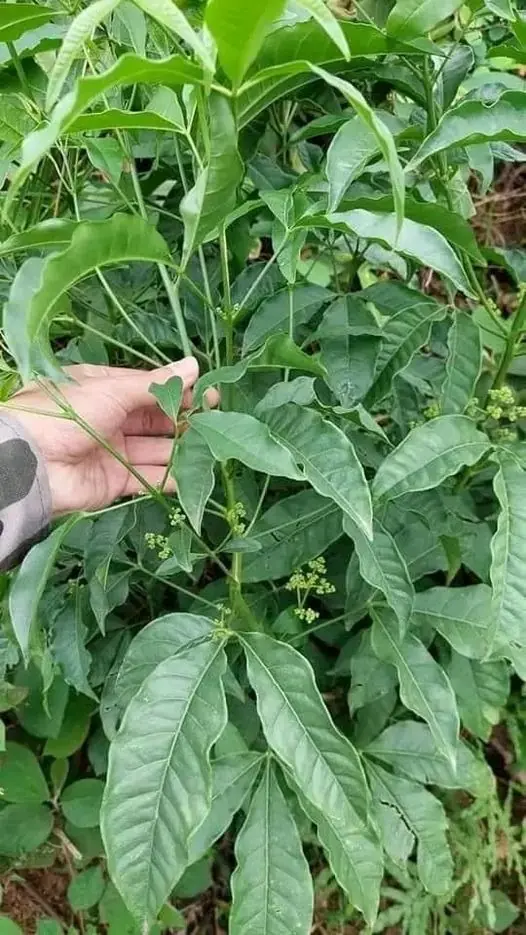
Bitter but very good.

Don't soak frozen meat in water. Listen to the chef's instructions on how to defrost it in 5 minutes and the meat will still be delicious.

Everyone please take care of yourself 👇👇
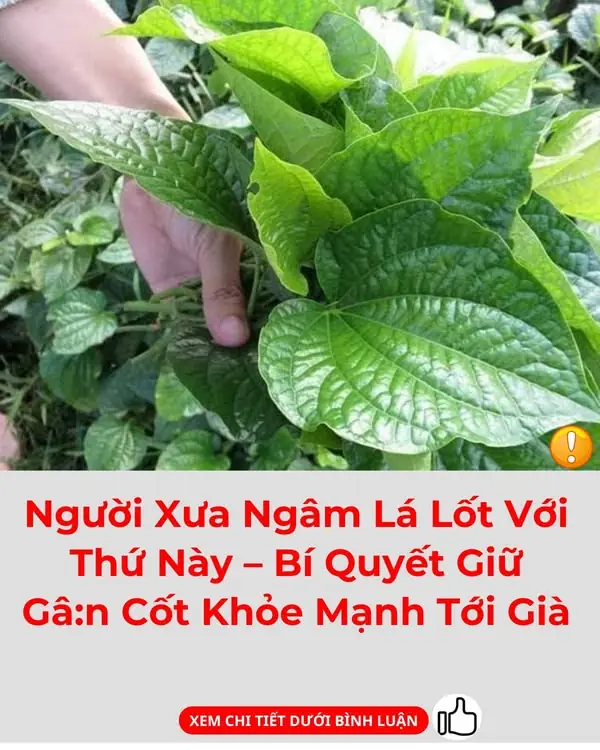
Don't Just Roll Meat With Betel Leaves - 5 Medicinal Uses Worth More Than Western Medicine!
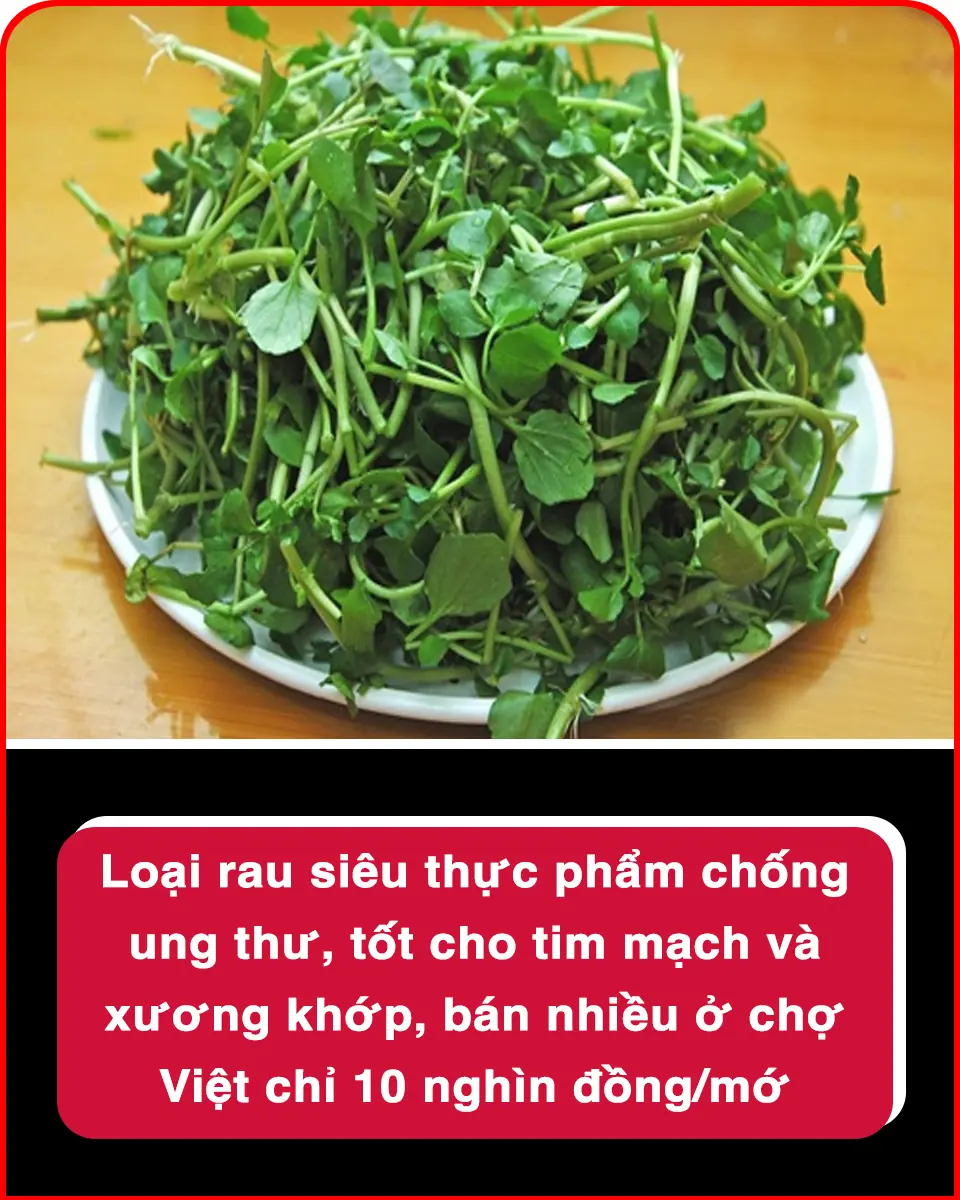
This is a very good anti-cancer food, and is affordable when sold in Vietnamese markets. 👇👇
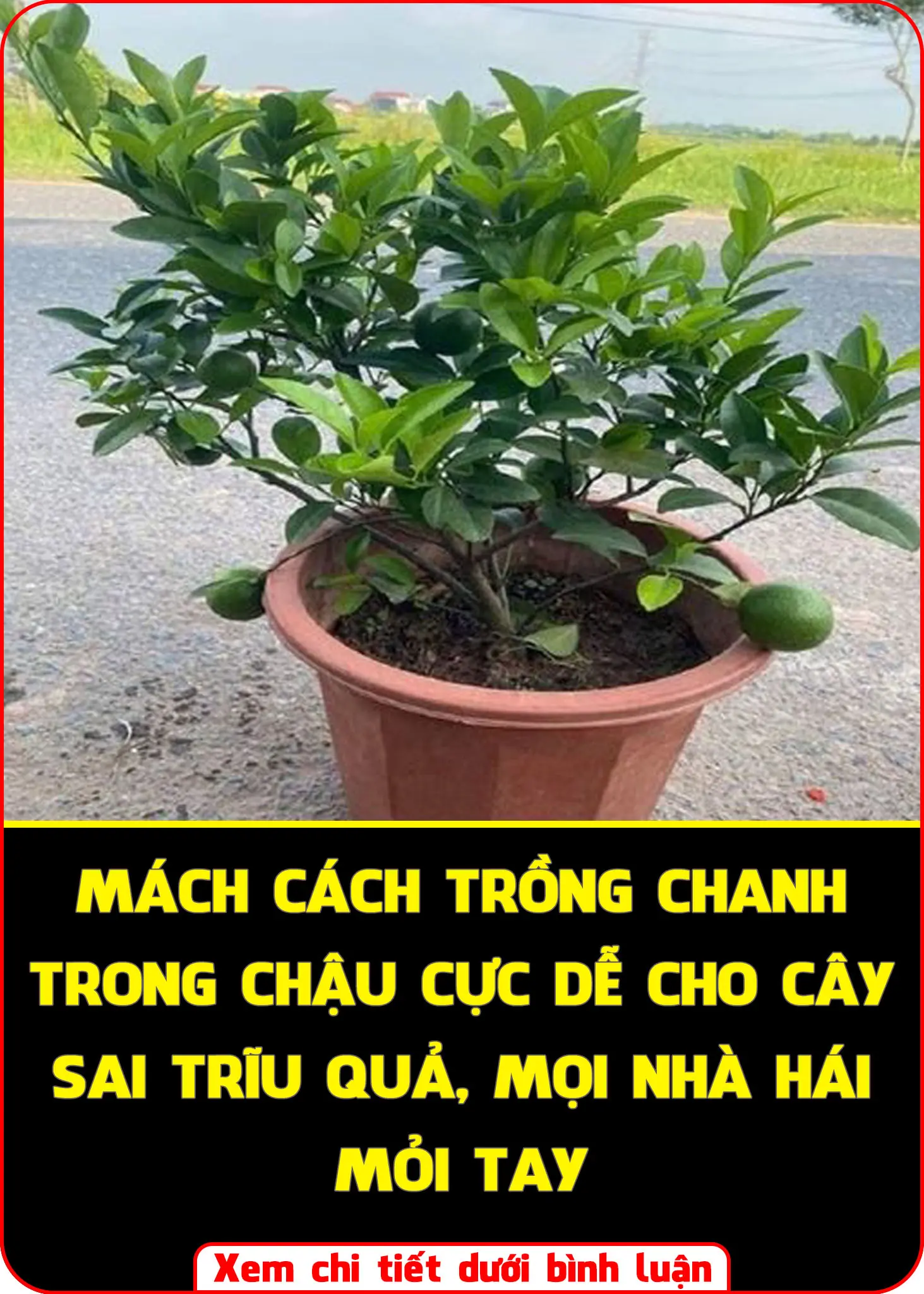
How to grow lemons in pots to produce fruit all year round, the whole family can't eat it all
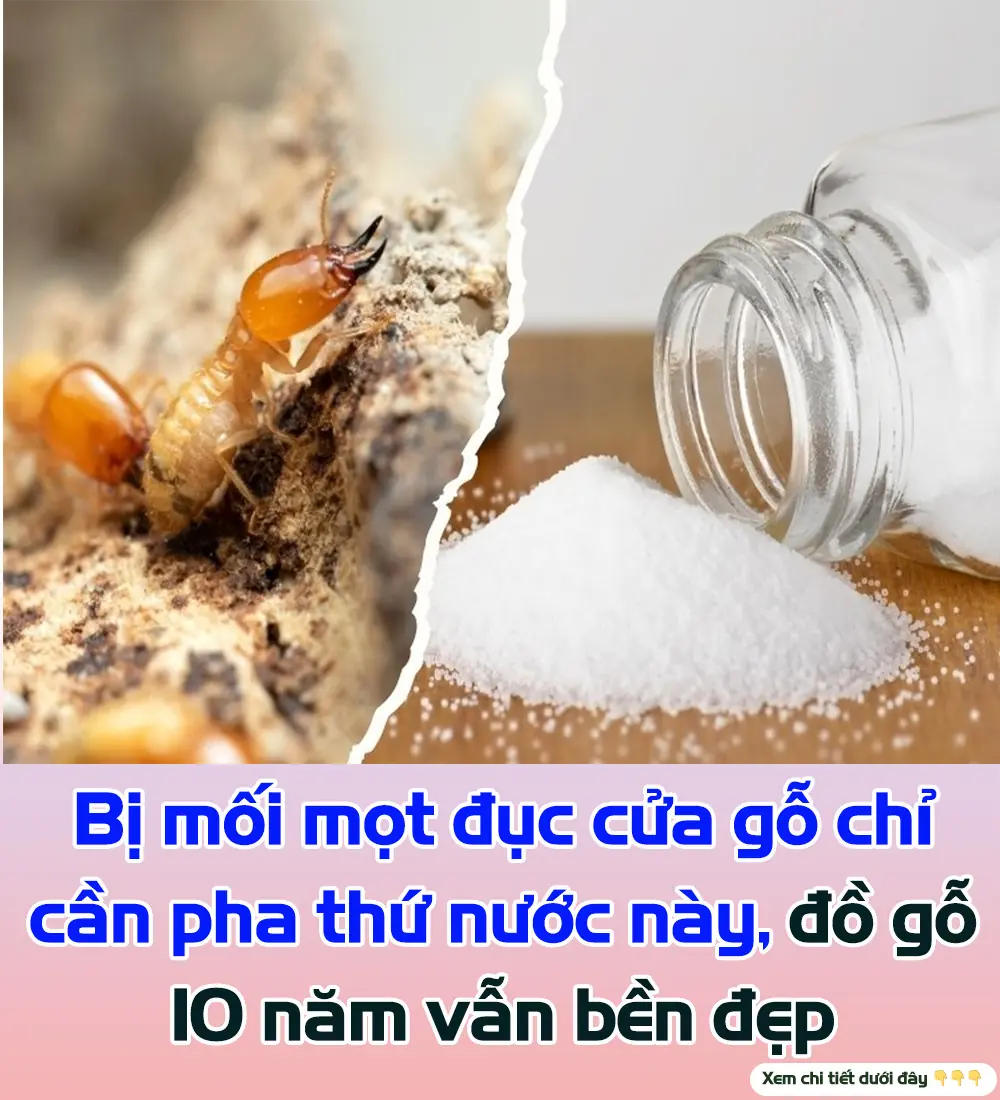
If your wooden door is infested with termites, just pour this mixture on it and your wooden furniture will still be beautiful after 10 years.

Lard vs. Cooking Oil: Which Is Better? Many People Still Misunderstand This Issue

Miraculous: Placing an Orange Beside Your Bed Can Surprisingly Improve Your Health

Don’t Wash Black Moldy Wooden Cutting Boards with Soap: Try This Simple Method and Your Board Will Be Spotless in Just 5 Minutes

7 Ways How To Deal With A Cheating Husband

Just Add a Few Drops of This When Frying Eggs — They Puff Up Fluffy and Soft, Two Eggs Seem Like Four
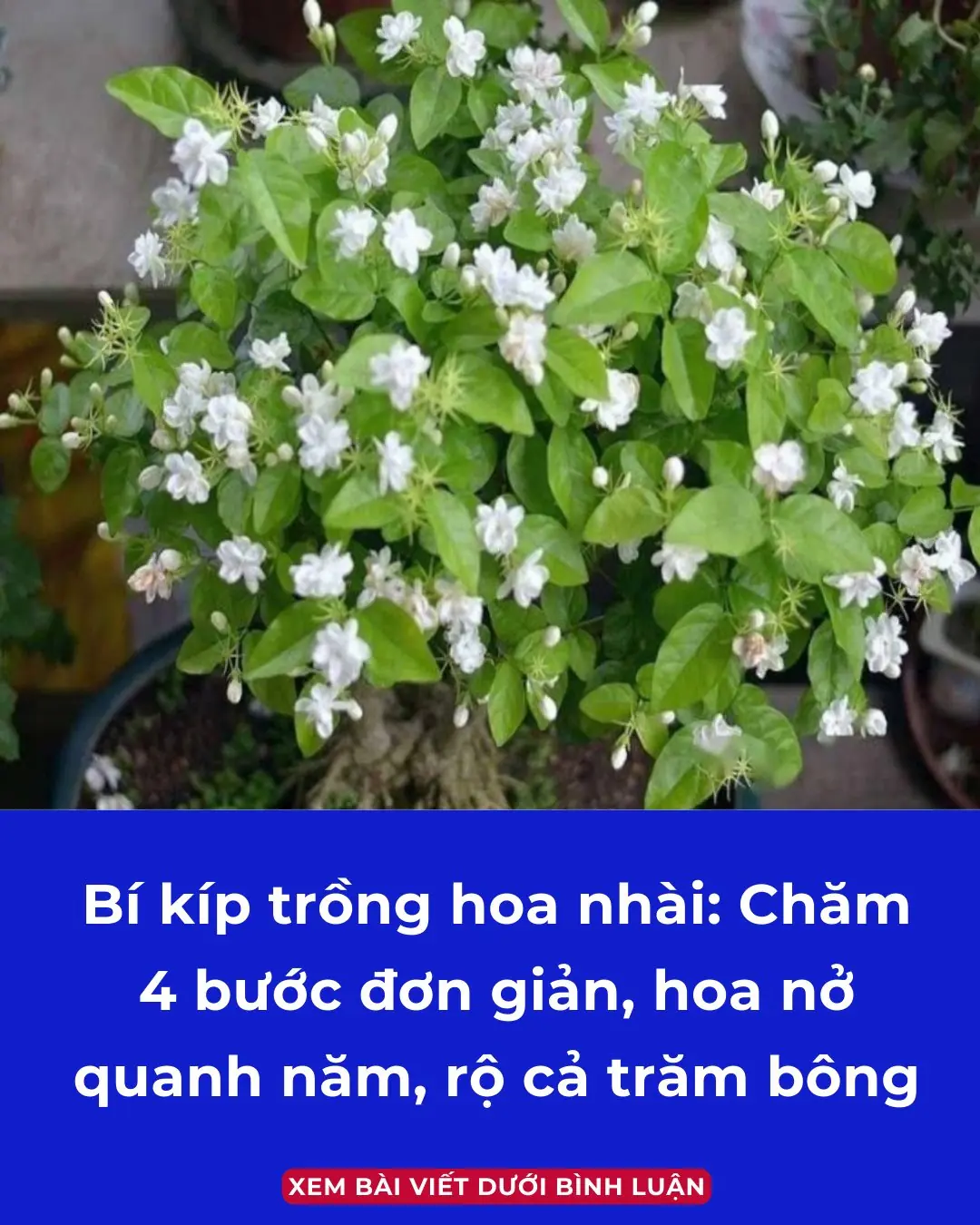
Jasmine growing tips: 4 simple steps, flowers bloom all year round, hundreds of flowers in full bloom
News Post

Taylor Swift’s floral ‘Late Night With Seth Meyers’ outfit is covered in Easter eggs

When to Worry About Veins That Appear Out of Nowhere

Selena Gomez’s kidney donor, Francia Raisa, addresses wedding snub and feud rumors

The Flower You Pick Will Reveal Your Truest Trait

‘Shuts TF Up’: Scott Jennings’ Unhinged Back and Forth with Abby Phillip Takes a Turn When Van Lathan Begins to Speak

How to grow papaya in pots, fruit is heavy, big and sweet

Melissa Koby Becomes First Black Woman to Create Official U.S. Open Artwork, Honors Althea Gibson for 75th Anniversary

Save millions of electricity bills every year by knowing how to clean this part of the rice cooker

Mix banana peels with this and leave it in the corner of the house. After just 1 night, all the cockroaches will run away.

Joy-Ann Reid Returns to the Mic With New Podcast “The Joy Reid Show”

Kamala Harris Makes Surprise Appearance at Compton High Graduation After Chance Encounter With Student

4 ways to boil chicken without water

Tips to get rid of cockroaches from your house with easy-to-find ingredients that are both effective and extremely safe

Mix white vinegar with fabric softener to solve many household problems and save money.

Reading Rainbow Is Back With A New Host — Mychal the Librarian

Political Strategist Ashley Allison, Acquires The Root, Returning it to Black Ownership

Dr. Valencia Robertson Wells Becomes First Black President of the Alabama Optometric Association

Coronation Street Debbie Webster' secret child twist 'sealed' and her son is on cobbles

Meet Jonathan, The Oldest-Known Animal In The World
